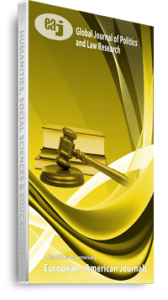In the early 1970s, the issue of artificial environmental alteration for strategic or other aggressive uses was placed to the international agenda. Following the United States decision of July 1972 to abandon the use of climate change technology for hostile purposes, a 1973 US Senate Resolutions calling for an international agreement “prohibiting the use of any environmental or geophysical activity as a war weapons” and a detailed study of military aspects of the climate and other environments by the Department of Defense. In July 1974, the United States and the Soviet Union agreed to engage in bilateral negotiations on proposals to resolve risks to strategic use of the technology of environmental change, and in three successive discussion rounds in 1974 and 1975. In August 1975, in the Conference of the Committee on Disarmament (CCD), in which intense discussions culminated in an amended text and an agreement on four Articles of the Convention in 1976, the US and USSR presented the same draft texts of the Convention. Environmental Modification Technical covers any method of altering the dynamics, composition, or configuration of the earth, including its biota, lithosphere, hydrosphere and atmosphere, or its outer sphere, by deliberately manipulating natural processes. This however explains the intent of this study; to assess the legal implications of flouting international laws as regards environmental modification as well as adopting changes in international criminal law in order to establish international environmental crimes in internal conflicts. This study adopts content analysis with solely secondary data.
Keywords: Environmental Law, International law, Military, and conventions, international crime, modification technique

